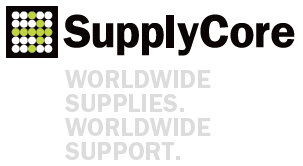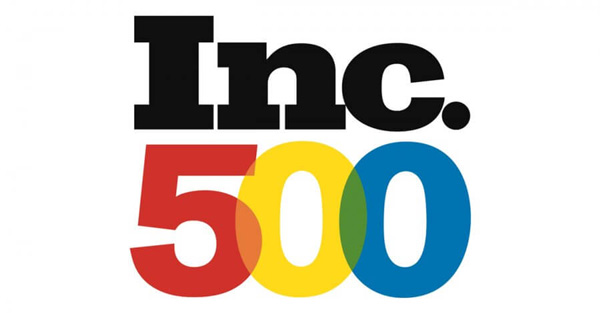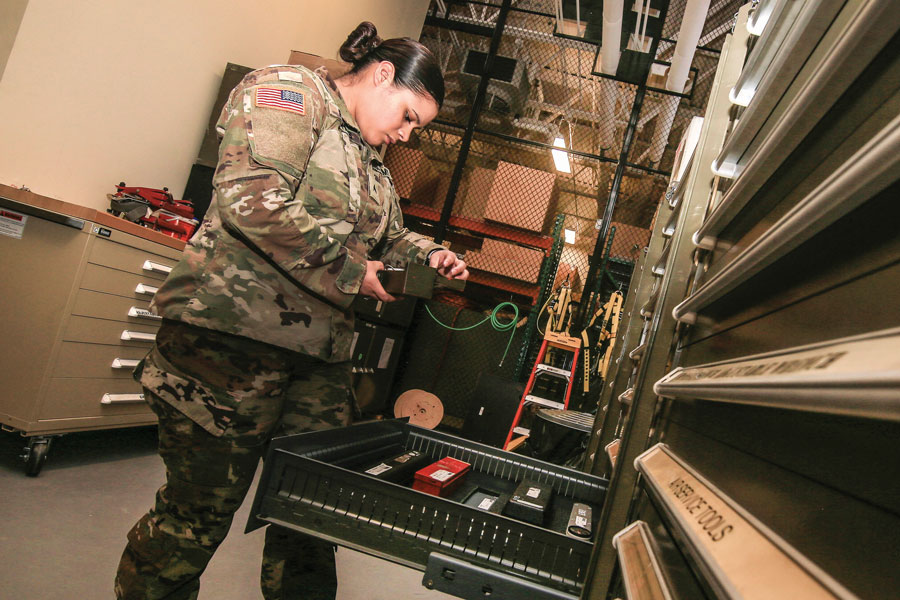Case Study
A Culture Transformation: How SupplyCore Inc. Re-Envisioned Strategy Execution
Back in 1998, SupplyCore was an 11-year-old company, a distributor to the aerospace and defense industries, and it was generating sales of $2 million a year. The company was doing well, but two members of the leadership team knew the organization could make a much bigger impact.
“Jeff Fahrenwald, now our VP of strategy development and execution, and I worked together and developed the first strategic plan focused on a new direction to transform the company. We planned a pretty strong growth trajectory,” remembers Peter Provenzano, SupplyCore’s president & CEO.
When it was time to present the plan to the team, “the rest of the management team really pushed back on the aggressive growth projections. We were a $2 million company, and our plan was to grow to $60 million in three years. They thought we couldn’t do it,” says Peter.
However, with a big emphasis on strategy execution, the company hit $58 million within 3 years, and has kept growing ever since.

Peter Provenzano
President & CEO

“Back then, all the planning was done on word processing templates and spreadsheets.”
"Growing in Complexity Requires a Cultural Shift."
SupplyCore’s growth landed them on the Inc. 500 list multiple times, and Inc. invited Peter to join its CEO peer group. The group asked each member to present the quarterly results her or his company achieved based on their organizations’ strategic plans.
“I spent weeks gathering information, so I could present it to the other CEOs. Our entire team was going through a fire drill to make it happen,” recalls Peter.
“Back then, all the planning was done on word processing templates and spreadsheets. It worked because we were a small team, and it was easy to communicate with everyone. But as we grew, our organization also grew in complexity,” continues Peter. “Growing in complexity requires a cultural shift in the process of how strategy execution is realized.”
Getting Inducted into the Inc. 500 Hall of Fame
As a solution, Peter got SupplyCore’s IT team together and developed ‘Goal Maps,’ a web-based system to categorize and organize its strategy and gather the information needed to highlight how well SupplyCore was executing strategy.

SupplyCore did not know it at the time, but Peter and his team were mirroring Brightline’s 10 Guiding Principles, with its approach to strategy execution. First and foremost, SupplyCore’s leadership team understood that strategy delivery is just as important as strategy design (Brightline Principle 1). In addition, among other outcomes, Goal Maps promoted team engagement and effective cross-business cooperation (Brightline Principle 6). More than anything, SupplyCore embraced a culture of strategy execution and its growth continued to scale. When the company made the Inc. 500 list for the fifth year in a row, Inc. inducted SupplyCore into the Inc. 500 Hall of Fame. The plans the team achieved were bold, and they were able to stay focused, just as Brightline’s Guiding Principle 5 advises.
Not only did SupplyCore’s culture of execution support these robust plans, it also allowed for missteps so the team could fail fast to learn fast (Brightline Principle 9). This philosophy proved especially important once the world changed, and business took a turn for the worse.
Setting The Table During Stagnation
After SupplyCore’s rampant growth, sales flattened and eventually declined from 2008 through 2012. “There was little to believe in from our financial results. But for our faith in our strategic plan, we dialed into short-term objectives that intimately related to the long-term outcomes we wanted to achieve,” says Peter. “We broke long-term complex milestones into bite-sized chunks where we could recognize results sooner and derive faith from smaller achievements. Ultimately, we won more contracts and began to grow again.”
Nevertheless, SupplyCore’s team knew they needed more.

"In many organizations, daily work can become disconnected from strategy."
Connecting Daily Activities to the Strategic Plan
After many years of use, Goal Maps was getting old. It worked for SupplyCore at the time, but it was not up to date with modern technology, and it became cumbersome as the company grew. Team members became reluctant users, and new employees found it tedious to navigate. Organizationally, the company had hit a wall.
Goal Maps did not have a central dashboard that unified all the information the management team needed on plan execution. Search and navigation were not intuitive. An associate could find his own work easily, but not others’ and the interface had become dated. SupplyCore’s VP of IT knew it was time to upgrade the system, so that’s just what they did, building all of these functions.
Visibility, collaboration and alignment improved, and the upgrades propelled employees’ adoption of the system as well as reinforced SupplyCore’s culture of execution. Peter and his leadership team knew that other companies could benefit from this software as well. Therefore, they renamed it MPOWR Envision®, and took it to market in 2019, along with vital strategy development and execution services.

“We were our first customer. The software initially solved our own business problems and it has since evolved with other organizations’ challenges in mind. Our team continues to use the software every day. Strategy execution is embedded in our culture,” says Peter.
It has catapulted the company’s ability to reach ambitious goals. Most organizations develop a strategic plan. “However, the process of execution can often be similar to making a New Year’s resolution or conducting a quarterly fire drill,” says Peter. “You give your goals a lot of time and effort in the beginning but soon fall short of executing them once the weeks and months pass by. In many organizations, daily work can become disconnected from strategy.”

1000% growth over a 5-year period
Inc. recognized SupplyCore’s for its high growth, ranking it on the Inc. 500 for five consecutive years from 2000 to 2004.
Culture of Execution: The Business Results
Overall, Inc. has recognized SupplyCore for its fast growth nine times so far. Peter credits this to his team’s commitment to a strategy execution framework. Besides the honor, SupplyCore has also experienced these positive business results associated with agility, rapid change, and adaptability.
Remaining Profitable in a Declining Gross Margin Business Segment
“A large business segment for us experienced severe gross margin pressure over the last decade. We were able to remain profitable despite because we planned for the gross margin compression and executed our plans to address it. Even in difficult times, we are able to communicate and react in ways many organizations cannot. It’s not only helped us grow, but also to avoid expenses and mistakes, and minimize gaps between departments,” says Peter.
For example, SupplyCore’s Operations team was implementing a new contract. As they gave visibility to the project in MPOWR Envision, the Business Development team noticed that some key elements were not a part of the implementation. Managers from Business Development immediately reached out to Operations to add the elements, saving SupplyCore significant time and costs.

Pivoting During a Pandemic
Integrating strategy execution so deeply into SupplyCore’s DNA has helped the company adapt and manage a surge during the present COVID-19 pandemic.
Like many companies, SupplyCore’s team members adapted to a work-from-home environment. “Without any loss in productivity in our current activities and while staying focused on our current strategy, we were able to take on a new surge in demand for products not normally procured by our company,” says Peter.
While SupplyCore usually procures military infrastructure supplies and spare parts for military fleets, state and local government as well as hospitals approached the company to help source and deliver PPE (personal protective equipment). “Our culture of execution made it possible for us to pivot quickly, come up with a new strategy, and help where we could,” says Peter. “In fact, we have done this many times before when there is demand to rebuild infrastructure after significant natural disasters like Hurricane Maria in Puerto Rico.”

The Benefits of Executing Strategy
SupplyCore is proud to say they are not the only ones seeing the benefits of executing strategy. Since taking MPOWR Envision to market, they have seen their customers save time, increase productivity as well as team and data connectivity, and grow revenue.
“Companies see results because they’ve embraced a better way to manage strategy execution – a way to balance looking through the windshield at what’s on the hood with what’s down the road, and taking action,” adds Peter.
How to Start Creating a Culture of Execution
Your organizational culture is a critical part of successful strategy execution. Without the right environment, your strategy will remain simply ideas in a spreadsheet or
dusty binder.
- A culture of execution takes commitment from the top. If leaders do not make the plan a priority, their teams won’t either. Leadership has to be a strong advocate for focusing on the plan goals.
- Before you can begin to realize strategy execution, assess your current culture. Where are you on your strategic journey?
Take our Strategy Readiness Assessment to find out. - Strategy execution takes work. Cultural shifts do not happen overnight, but if leadership commits to dedicating time and resources to the governance of your strategy and its execution, you will see results happen.


See It Happen
Request a Demo to see your plan in action
See how MPOWR Envision can help you create a culture of execution that instills accountability, ownership, and decision-making.

See It Happen
Request a Demo to see your plan in action
See how MPOWR Envision can help you create a culture of execution that instills accountability, ownership, and decision-making.

